Woodworking videos and articles that share woodworking projects for woodworkers of all skill levels, including furniture making projects, DIY workbench projects, hand tool projects, and more.
How to Make a Wooden Pizza Peel

How to Make a Wooden Pizza Peel Make a wooden pizza peel using hand tools and power tools By Joshua Farnsworth | Published 13

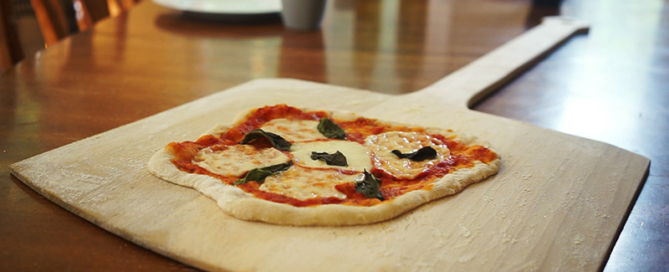
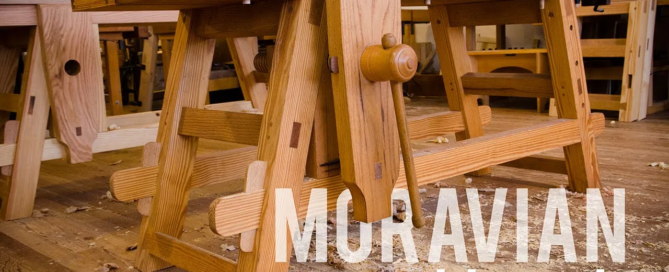
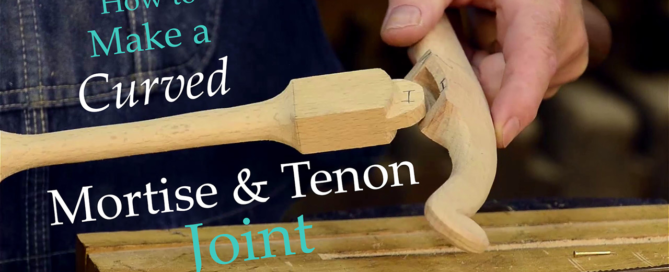
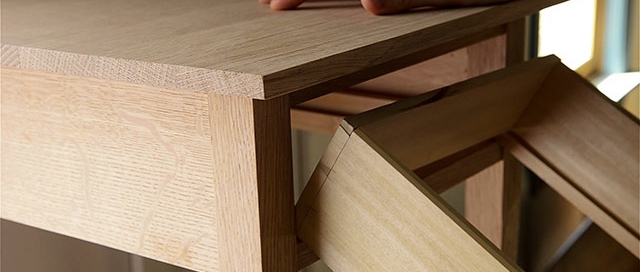
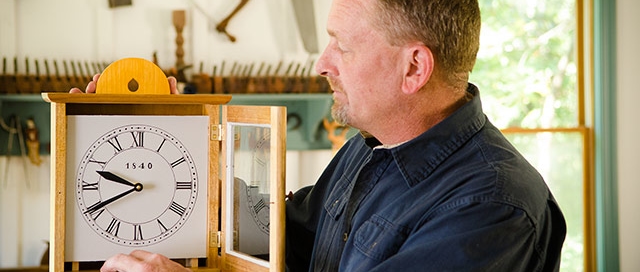
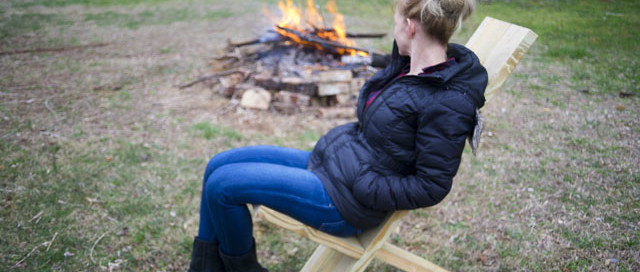
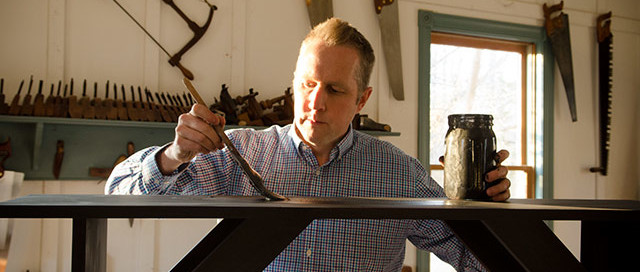
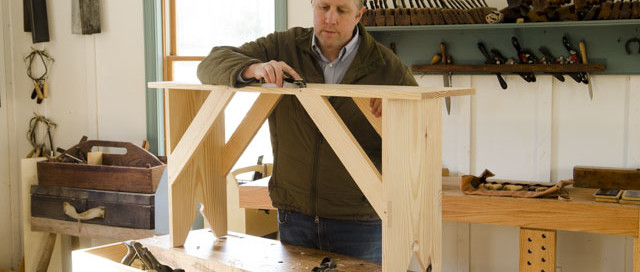
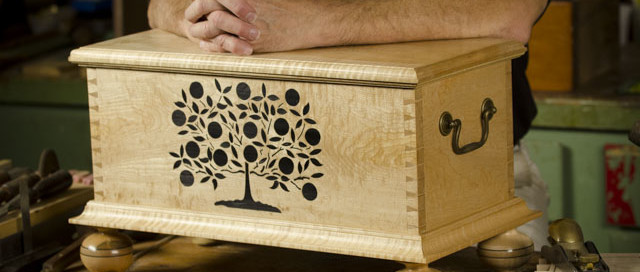
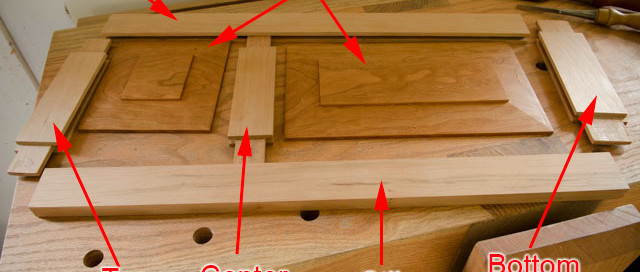
Wood and Shop in your inbox?
Subscribe to get Joshua's free traditional woodworking videos, articles & news:
You have Successfully Subscribed!